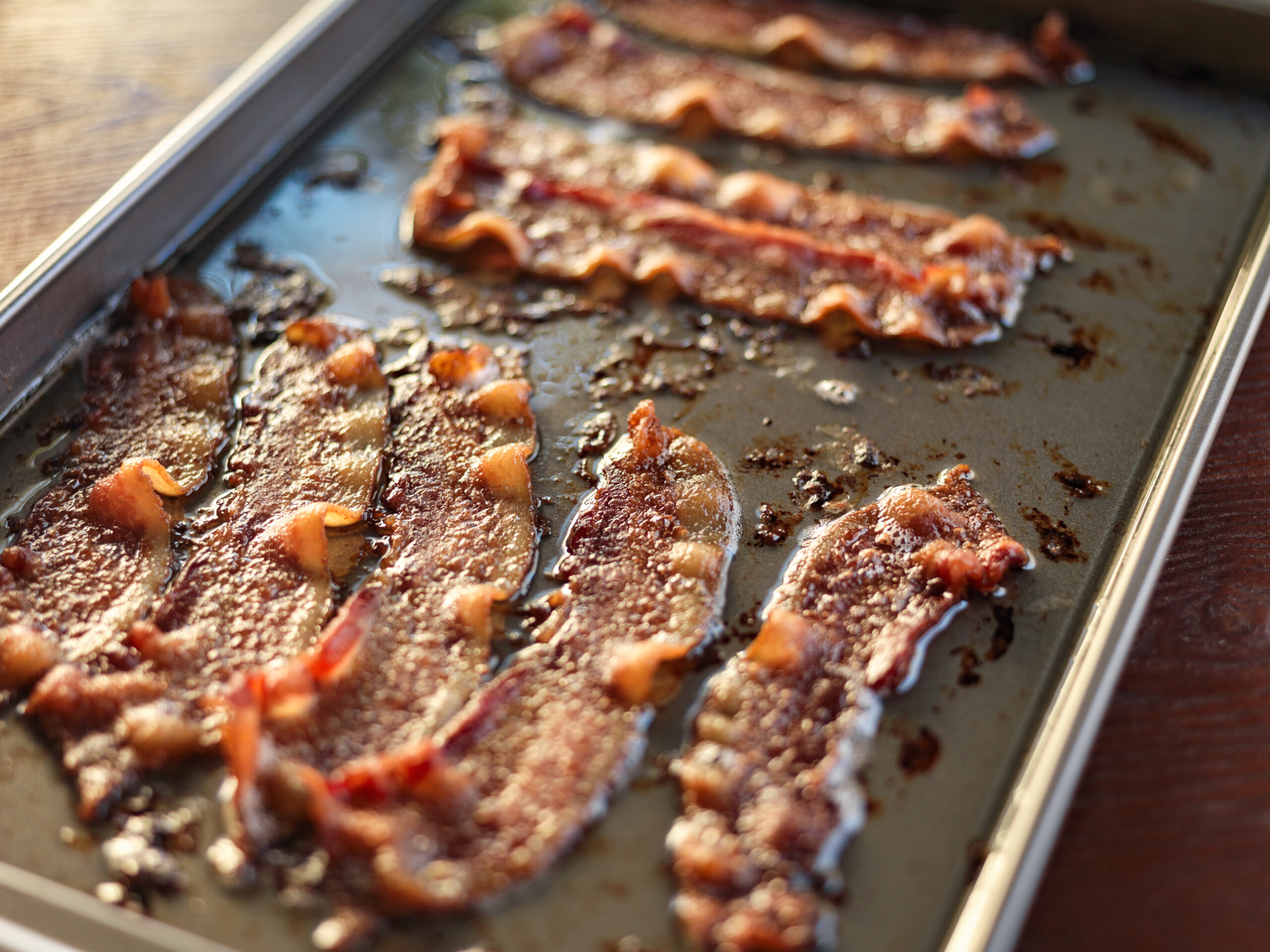The High Bar for Section 112. Unpredictable arts as Illustrated in In re Xencor
Support IPWatchdog with an individual sponsorship: Click here
“In re Xencor calls into question the issue of when a claim term should be construed to be a ‘genus’ and whether that inquiry differs in the unpredictable arts compared to the predictable arts.”
The case law distinguishes between so-called “unpredictable arts” (e.g., the biological, chemical, and pharmaceutical arts) and “predictable arts” (e.g., electrical and mechanical arts) for purposes of Section 112 analysis for the very reason that one is considered “predictable” while the other, “unpredictable.”
The legal standards for written description and enablement are well-established. The specification must clearly show that the inventor had the claimed invention at the time of filing. Vas-Cath, Inc. v. Mahurkar, 935 F.2d 1555, 1560 (Fed. Cir. Cir. Cir. Cir. The enablement requirement will be met if a specification allows a person with ordinary skill in art (POSITA), to make and use alleged inventions without undue experiments. The courts have said as much. The courts have stated this.[the inventor]Written description in the Predictable Arts
The U.S. Court of Appeals Federal Circuit explained that the written descriptions requirements are lower in predictable arts than in unpredictable arts. Cir. Cir. The Federal Circuit confirmed this guideline recently: “Given that electro-mechanical inventions like the one in question are predictable, a lower level is required to satisfy written description requirements than for unpredictable arts.” Rai Strategic Holdings, Inc. Cir. 2024) (citing Hologic).
Enablement in the Predictable Arts:
The amount of disclosure required for enablement is generally lower in the predictable arts than in the unpredictable arts. In predictable arts, a single embodiment with enabled functionality can be disclosed. Spectra-Physics, Inc. v. Coherent, Inc., 827 F.2d 1524, 1533 (Fed. Cir. Cir. 1987) (“f the invention is in a predictable art, such as mechanical arts rather than chemical arts, disclosure of a single example can enable a broad claim”). In Epistar v. Intn’l Trade Com’n the Federal Circuit held that a claim for a LED with a translucent window layer was within the predictable arts. A single embodiment was therefore sufficient to enable a broad claim, even if it “reads upon another embodiment of the invention that is inadequately disclosed.” Cir. 2009) (citing Spectra-Physics).Written Description/Enablement in the Unpredictable Arts[I]:
In the unpredictable arts, the courts have taken a different approach because the modification of biochemical substances can have unpredictable results. The Supreme Court noted in Amgen that “despite recent advances, aspects in antibody science remain unpredictible… Scientists understand that changing one amino acid in a sequence can alter the structure and function of an antibody in unpredictable ways.” Amgen, 598 U.S. at 612-13. In unpredictable arts, courts have therefore applied a higher standard of written description and enablement. In Ariad, Federal Circuit determined that the disclosure of the three types of molecules supporting a claimed substance to interfere with a gene transcriptional factor was not sufficient to meet the requirement of written description. Ariad, 598 F.3d at 1355-58. In Amgen, despite the fact that the specification included 26 different antibodies identified based on their amino acid sequences, the Supreme Court ruled that a claim for antibodies to treat high cholesterol was not sufficiently enabled. Amgen, 598 U.S. at 612.[d]The Role of the ‘Genus’ Label in the Unpredictable Arts [and]The demanding requirement under Section 112 in the unpredictable arts is sometimes referred to as “full-scope” written description/enablement, meaning that the inventor must provide written description and enablement support for all embodiments encompassed by the claim. Amgen, 598 U.S., at 610 (“the description must enable the full range of the invention as defined in the claims”); Juno Therapeutics, Inc., v. Kite Pharma, Inc., 10, F.4th, 1330, 1336, (Fed. Cir. Cir. 2021) (“written descriptions
sufficiently demonstrate
that the inventors possess the full scope[must]of the claimed invention”); Regts of the Univ. Regents of the Univ. Eli Lilly & Co. v. of Cal. Cir. 1997) (the specification must provide written description support for the full scope of the chemical genus) (hereinafter, the “Eli Lilly” case).[]Denominating a claim limitation a “genus” is often the trigger for requiring full-scope written description and enablement support. Amgen’s patent, for example, required full-scope support because it tried to “claim… ‘the whole genus'” of antibodies that bind and block the protein. Amgen, 598 U.S. at 602. The patent in Eli Lilly required full-scope support for written description because it claimed a broad “genus of cDNAs.” Eli Lilly, 119 F.3d, at 1569. Eli Lilly’s patent required full-scope description support as it claimed a wide “genus” of cDNAs. Eli Lilly, 119F.3d, at 1569. Eli Lilly 119 F.3d 1568-69. As for enablement: the specification, when supplemented with the skills and knowledge possessed by a POSITA must enable a POSITA in order to make and use all the species that fall under the genus. Amgen, 598 U.S. at 610.
The Application of the Genus Label in In re Xencor/Ex parte Chamberlain[t]Application Ser. No. No. 60/803 690 claims “a treatment method for a patient using an anti-C5 antibodies.” Ex parte Chamberlain App. No. 60/803,690 (PTAB Jan. 10, 2023) (“Board Dec.”), 2-3.[transcription factor]Jepson Claim 8 recites “a method of treating a patient by administering an anti-C5 antibody with an Fc domain, the improvement comprising said Fc domain comprising amino acid substitutions M428L/N434S … wherein said anti-C5 antibody with said amino acid substitutions has increased in vivo half-life.” Id.
Means-plus-function Claim 9 recites “
method of treating a patient by administering an anti-C5 antibody comprising: a) means for binding human C5 protein; and b) an Fc domain comprising amino acid substitutions M428L/N434S … wherein said anti-C5 antibody with said amino acid substitutions has increased in vivo half-life.” Board Dec., 3.
On appeal from an examiner’s rejection, the Board found that both claims are directed to a “broad genus of antibodies, treatment indications, and patients,” whereas the specification only disclosed one species of anti-C5 antibody (“5G 1.1”) and three treatment conditions (“autoimmune, inflammatory, or transplant indications”). Board Decision, 8. The Board found that the claims did not have an adequate written description in accordance with Section 112(a). Board Dec., 29, 29.
Following a Notice of Appeal, the Federal Circuit administratively remanded this case back to PTO. “The novelty and complexity of the issues presented in this case favour a more thorough explanation and evaluation than provided in the Board’s final written decision.” No. 2023-2048, (Fed. Cir. Cir. At 2.
The director convened the Appeals Review Panel, which issued a ruling agreeing with the Board on the fact that the claims were unsupported by a written description adequate under Section 112. Ex parte Chamberlain, App. No. 16/803 690 (ARP PTAB May 24, 2020) (“ARP Dec .”).[a]The Case involves complicated questions about the written description requirements of Jepson claims as well as means-plus-functions claims. The ARP argues that the term “treating a patient” is limiting in these claims. ARP Dec. 18, 18. But the APR went further and assigned “treating a patients” a claim construction that “treats all patents and diseases.” ARP Dec. 26 (emphasis added).
The ARP’s construction of “treating a patient” in the preamble as the
genus
of treating
all types of patients
and all forms or diseases was essentially fatal to the ability of specification to provide adequate written description support. added).
The ARP’s construction of “treating a patient” in the preamble as the genus of treating all types of patients and all forms of disease was essentially fatal to the ability of the specification to provide adequate written description support. It is challenging to imagine any specification that could provide support for the treatment of all types of patients and all types of conditions.
That takes us back to the claim construction. Would a POSITA consider the plain and ordinary meaning “treating a patients” to be treating all types for all types diseases? MPEP, Section 2111: “Words of the claim should be given their plain meaning unless this meaning is inconsistent with specification”. Arguably not.
The ARP argues that the specification “does not define the term ‘treating'” and “merely mentions three classes of diseases/conditions.” ARP, 16. Accordingly, “the specification does not limit” the terms (id.). The specification should not limit the terms, so they should include anything that is not excluded by it. This reasoning was rejected in In re Smith Int’l, Inc., (871 F.3d 1305, 1382-1383 (Fed. Cir. Cir. Assume the preamble was limiting, like it was in Xencor. Most would agree that a POSITA would not consider “reprogramming a processor” to mean the genus of reprogramming all types of processors for all types of functions.
Perhaps the answer goes back to the different treatment of inventions in the unpredictable arts compared to the predictable arts.
It makes sense that inventions in the unpredictable arts are subjected to a higher standard for written description and enablement. The ARP’s decision on Xencor hinges largely on claim construction. It is not clear that claim construction is different for unpredictable arts. The 24-1870 is scheduled to be argued on December 4, 2024. The rejection can be affirmed on the alternative basis that the genus of “an anti C5 antibody” is not adequately described in the specification based on a single species. ARP, 27. Still, the case calls into question the issue of when a claim term should be construed to be a “genus” and whether that inquiry differs in the unpredictable arts compared to the predictable arts.
Image Source: Deposit Photos
Author: wukasa
Image ID: 11170803






